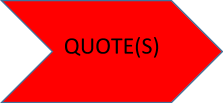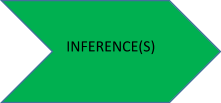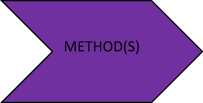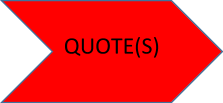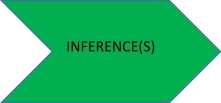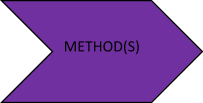Question 4: Response Guidance
Mark Scheme
It is important that you understand the mark scheme, because this is what teachers are looking at to judge your work. I want you to focus on how you can get the top marks for each question.
Level 4 (16-20 marks): Perceptive, Detailed Evaluation
-Critically explores the effects of writer’s deliberate choices
-Identification and understanding of a range ofmethods
-Selects judicious textual detail
-Convincing and critical response to the statement posed.
Lower down the mark scheme:
Level 3 –Clear, Relevant Evaluation
Level 2 – Some Evaluation
Level 1 – Simple, Limited Comment
Writing Frame
Different schools use different writing frames to guide responses.
Some classics are:
- P.E.E. (Point, Evidence, Explain) or P.E.A. (Point, Evidence, Analysis); these two are the same thing by different names
- P.E.E.L (Point, Evidence, Explain, Link back to the question)
- P.E.A.C.E. (Point, Evidence, Analysis, Cross-reference, Effects)
It is best if you are a free spirit in your writing and move through your analysis as you desire. Those who are awarded the best marks are not restricted by sticking to the acronyms mentioned above.
Formulate Response
For example, Compare how the writers convey their different… about…
Themes/Ideas
First you need to understand the question! What key ideas and themes are found in both texts? Aim to be perceptive and seek out ideas that aren’t just surface-level comparisons.
Source A
Make clear and succinct statements that directly answer the subject of comparison within question. What is the writer’s perspective and viewpoint about the subject? What emotion is expressed in the text?
Quotation(s)
Select judicious evidence that supports your statement. Do not limit yourself to one lengthy quote, embed several key words and phrases that you can use in your response.
Method(s)
Comment on form, language and structure devices. How does the writer use a variety of techniques to reflect their attitude about the subject?
Inference(s)
Explore meanings that are intended though use of the various methods. Can you find any deeper meanings that match the whole text? What attitudes are now apparent that weren’t initially obvious?
You should then process (Source B, Quote(s), Inference(s))
Concluding Statement
Make final judgements about your comparisons. What is the viewpoint and attitude of the writer’s in Source A and Source B?
- What must you identify about the writers in both sources?
- Your answer should include: Viewpoints / Perspectives / Attitudes / Emotions
- What methods could you explore?
- Your answer should include: Form / Language / Structure
- What could you compare in the text?
- Your answer should include: Themes / Ideas / Attitudes / Methods / Viewpoints / Emotions


